 For companies committed to advancing women in the workplace, there are many ways forward. Some smart strategies:
Create new opportunities. One possibility: Rather than wait for a man to step down from the company’s board of directors in order to add a woman, increase the total number of board seats to accommodate a new female member.
For companies committed to advancing women in the workplace, there are many ways forward. Some smart strategies:
Create new opportunities. One possibility: Rather than wait for a man to step down from the company’s board of directors in order to add a woman, increase the total number of board seats to accommodate a new female member.
Encourage mentors and sponsorships. Encourage women — indeed, all employees — to find mentors and sponsors to help them develop their skills and build their career paths. Mentors can help employees think about their career growth, while sponsors can actually help make it happen.
Provide a network of support. Advisory boards that enhance career opportunities for women and drive local and national initiatives that support, advance, retain and reward women make a difference. KPMG’s Network of Women drives our Women’s Advisory Board’s national programs at the local level, including activities focused on mentoring, networking, relationship building, leadership and skills development.
“Invest in the future. Millennials represent the most educated generation of women in history.”
— Lynne Doughtie, U.S. Chairman and CEO, KPMG
Measure progress. Leaders can track and review various inclusion and diversity-specific key performance indicators, such as talent acquisition, attrition, career progression, and leadership and account team composition. This data can be used to help senior leaders and their direct reports set goals that will move the high-performing women they have identified by name forward.
Invest in the future. Millennials represent the most educated generation of women in history. Investing in and connecting with this generation of talented women requires understanding their values, communicating the company’s purpose, and engaging them in the company’s social mission.
Inspire others to aim high. Don’t be shy about sharing successes. At KPMG, we’re proud to be consistently recognized for our inclusive and diverse culture. There is no better representation of this sentiment than our KPMG Women’s Leadership Summit, which is hosted alongside the KPMG Women’s PGA Championship. The Summit brings together leaders in business, politics, sports and media to inspire the next generation of women leaders and help them advance to the C-suite.


Giving female business leaders clear perspective on honning their own leadership skills
These are a few of the many ways to help advance and empower women in the workplace. Companies that take action to help female employees reach their full potential will be better and stronger for it.
TO READ ABOUT MORE LEADERS WHO ARE TAKING THE LEAD, VISIT FORTUNE.COM/KPMGINSPIRE


 For companies committed to advancing women in the workplace, there are many ways forward. Some smart strategies:
Create new opportunities. One possibility: Rather than wait for a man to step down from the company’s board of directors in order to add a woman, increase the total number of board seats to accommodate a new female member.
For companies committed to advancing women in the workplace, there are many ways forward. Some smart strategies:
Create new opportunities. One possibility: Rather than wait for a man to step down from the company’s board of directors in order to add a woman, increase the total number of board seats to accommodate a new female member.
